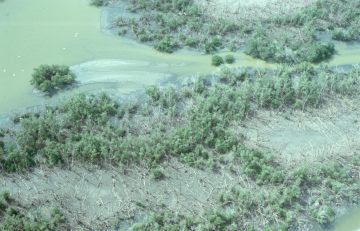https://doi.org/10.1016/j.toxicon.2015.08.016
Protein composition, toxicity, and neutralization of the venoms of Micrurus alleni 41 and Micrurus mosquitensis, two sympatric monadal coral snakes found in humid 42 environments of the Caribbean region of Costa Rica, were studied. Proteomic profiling 43 revealed that these venoms display highly divergent compositions: the former dominated by 44 three-finger toxins (3FTx) and the latter by phospholipases A2 (PLA2). Protein family 45 abundances correlated with enzymatic and toxic characteristics of the venoms. Selective 46 inhibition experiments showed that PLA2s play only a marginal role in the lethal effect of 47 M. alleni venom, but have a major role in M. mosquitensis venom. Proteomic data gathered 48 from other Micrurus species evidenced that the two divergent venom phenotypes are 49 recurrent, and may constitute a general trend across New World elapids. Further, M. 50 mosquitensis, but not M. alleni, venom contains PLA2-like/Kunitz-type inhibitor 51 complex(es) that resemble the ASIC1a/2-activating MitTx heterodimeric toxin isolated 52 from M. tener venom. The evolutionary origin and adaptive relevance of the puzzling 53 phenotypic variability of Micrurus venoms remain to be understood. An antivenom against 54 the PLA2-predominant M. nigrocinctus venom strongly cross-recognized and neutralized 55 M. mosquitensis venom, but only weakly M. alleni venom.



